《中西传媒研究书系:Global Media Worlds and China媒体视野中的中国与世界》:
In the past two decades, monumental changes have taken place almost in every aspect in mainland China. As the nation opened up to the outside world, China went through and is still undergoing immense social changes. These shifts are also obvious in the area of media environment. Essentially, these fall into two parts. One is the changing international media environment Chinese media has to be exposed to in order to share many features, such as the
commercialization of media operation,infotainment and problems that come with these changes. The other involves a changing domestic media environment. Economic reforms have been taking place since the 1980s, and undoubtedly media reform has been a profound part of the changes. What's more, the advance of new media technology has also led to opportunities and challenges to Chinese media.Concepts like "competition" and "market economy" have been introduced into media professional and administrative operations. At one point, mass media in China were stated-owned, a situation that discouraged flexibility and creativity. Now, market-driven journalism is gradually taking the place of state-party joumalism. While market mechanisms have led to innovation and created some relative autonomy in some areas, the introduction of market logic into state-party joumalism may lead to the emergence of a propaganda/commercial model
ofjournalism which performs more subtle and less didactic ideological work for the Party.It is still true that at present, China's media is under a propaganda /commercial model with two functions: making a profit and serving the public/Party. At times, however, it is rather tricky to keep a balance between the two.Since the 1990s, Chinese media culture has gradually shifted from propaganda in the entertainment arena. Concurrently, various ideologies and values behind the media messages come to the surface. Problems and issues relevant to the new media are overwhelming, such as moral crisis, online safety, digital game addictions with young people and others.With the globalization trends, Chinese media are closely connected with and have to
adjust to the international communication environment. This situation has given rise to conflicts and issues. From the culture perspective, Chinese culture is challenged by foreign cultures. People are getting more concerned about the invalidity of traditional culture or even cultural disorder. From this point of view, values and lifestyles are also under siege.
Chen, a professor at Renmin University of China, points out that, "in the middle or late 1980s, Chinese media stepped into the TV era, which made the print media give way; in the middle or late 1990s, the Internet, as a new medium, gradually made its way into the households of big cities. Since both TV and the Internet share some characteristic of being audiovisual media,in this case, the character of the c screen reading age' is quite different from
that of the ' print reading age' ; therefore, such change has caused great influences on the social structure. " Accordingly, people in the screen reading age or information age need to empower themselves.From the late 1990s to date, paralleling what occurred in other countries, concems about the media's impact are similar to the early stages of development of media education in China. Educators, researchers and people from all walks of life in China have been worrying about issues related to both the traditional and new media. A major issue involves the necessity of equipping children with skills and awareness to protect them from being influenced by the negative impact of media vehicles like the Internet or TV. Other discussions have to do with how to live well in a mediated world in the information age. Though there have been no clear and exact terms like media literacy and media education in China during the last century, researchers never failed to take all those media issues into account.As film education still runs well in high education, media literacy education has also found its comfort at universities in China. On the one hand, "media literacy" as an optional course mainly for the undergraduate students has been offered in some universities. In 2004,the Ministry of Education of China funded a media literacy education research program as one of its key annual fund projects. The Media an,d Growth of Adolescen,ts Forum was held in Shanghai at the end of 2004, sponsored by the Ministry of Education, State Administration of Radio, Film and Television( SARFT) , the Chinese Academy of Social Sciences and other related government organizations, and media literacy and media education turned out to be a heated topic at this forum. Clearly, media literacy and media education have received attention not only from educators and researchers but also from the government and other social communities.
……
展开

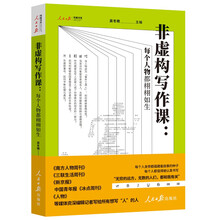
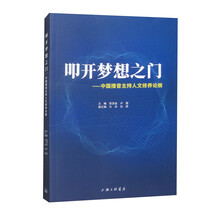
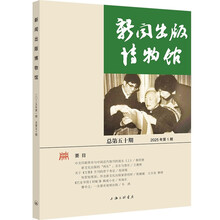
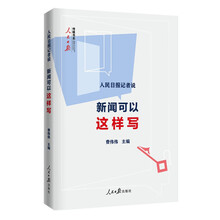
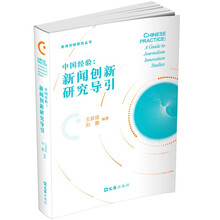
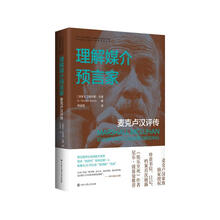
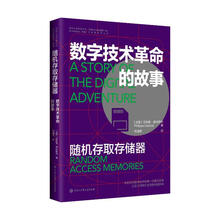

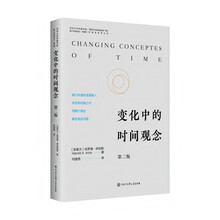
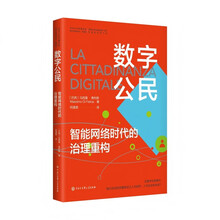
——Peter DAHLGREN
★Old and new media in China are at the centre of contemporary media studies. This well- researched book outlines the role of media in China and abroad in this new phase of globalisation frorn different points of view and using complementary research traditions. A must-read for Chinese media researchcrs !
——Gabriele BALBI
★This is an exciting collcction of articles on mcdia studies. the topics of which range from traditional documentary films and investigative environmental rcporting to the new media and its emotional lexicons and icons. More importantly. the book deals with the relationship between the state and the media, and the state and society... the book provides a lascinating and panoramic picture of what China's media is like. and what role it is playing in the intcraction between the state and society.Scholars, policy makers, and lay rcaders will all like it.
——Zhidong HAO